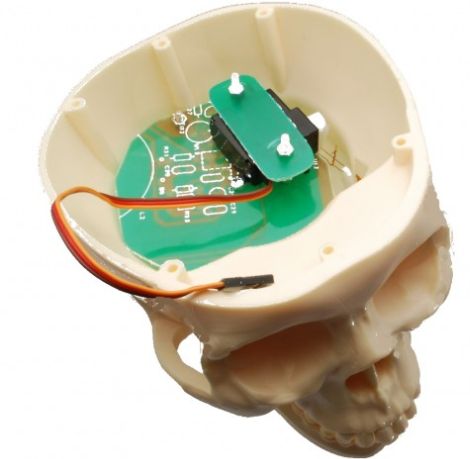

[Greg] was looking for something to build using his recently acquired Arduino, and with Halloween approaching, he thought a cool light display would make a great project. He browsed around online and found this tutorial that shows how to build a chorus of singing pumpkins controlled by a computer’s parallel port. Since he didn’t have any computers with a parallel port kicking around anymore, he decided to try his hand at recreating it with an Arduino.
[Greg] gathered eight light up Jack-o-Lanterns, along with a handful of relays and other miscellaneous components. He wired up the relays to trigger each individual pumpkin’s built in light when switched by the Arduino. He sat down and carefully listened through “This is Halloween” from The Nightmare Before Christmas, choreographing each of the pumpkins to take on the voice of one of the movie’s characters.
When the show begins, the display transforms from a group of unassuming pumpkins with candles a-flicker to a chorus of ghouls extolling the virtues of Halloween.
It really is fun to watch, so be sure to check out the video below. If you’re looking to throw together a quick display before the big day rolls around, [Greg’s] source code and diagrams should get you headed in the right direction.
Continue reading “Halloween Hacks: A Light And Music Show Fit For [Jack Skellington]”


















